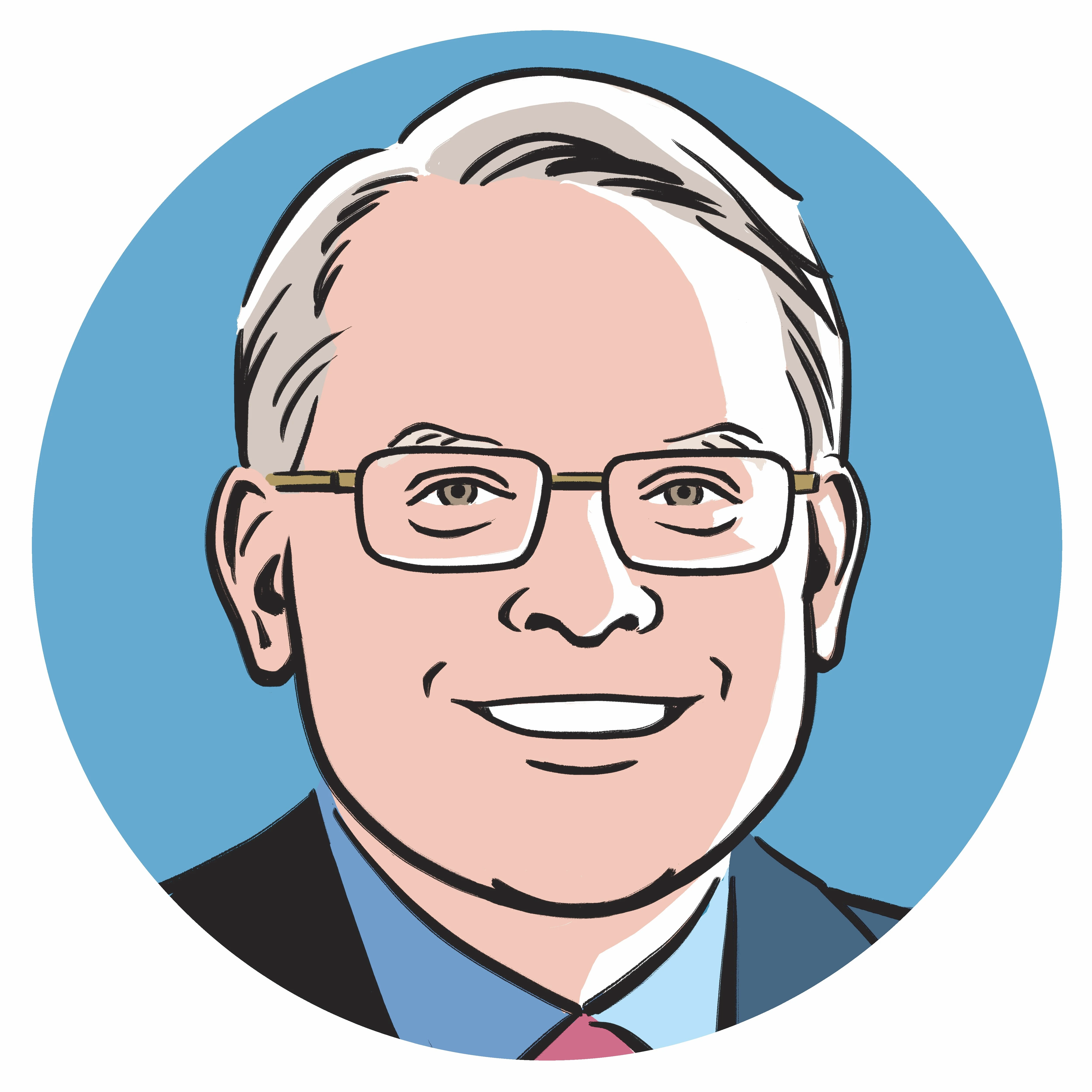Private equity firms have been buying stakes in physician practices for the past decade, but what happens to doctors and their patients when investors cash out and move on?
Research by Harvard Business School Professor Leemore Dafny and co-authors suggests that PE’s growing presence in health care is driving higher physician turnover and consolidation. The study finds that physicians were likelier to leave their practices after PE investors exited, and those leaving were likelier to join larger practices— creating a ripple effect of talent consolidation and, as prior research shows, higher costs.
“Sale of Private Equity–Owned Physician Practices and Physician Turnover” is among the first to explore what happens in doctors’ offices once PE investors decide to take their gains, says Dafny, the Bruce V. Rauner Professor of Business Administration at HBS and Professor of Public Policy at Harvard Kennedy School.
PE firms aggregate a bunch of practices, and the question we’re asking is, when they sell, what happens to clinician turnover?
“Private equity is meant to be a short- to mid-term investment,” she says. “There’s supposed to be an exit. I’ve seen a lot of studies about the effects of acquisitions on patients and payers, but nothing about exits. I’ve been wondering—what happens when they leave?... What are the positives and negatives of these investments, and can we put any guardrails in place to get more positives and avoid the negatives?”
In February, JAMA Health Forum featured the collaboration between Dafny; Victoria Berquist, a physician and recent graduate of Harvard Kennedy School who is now a Principal at Boston Consulting Group; and Harvard University doctoral candidate Lev Klarnet.
The investor will see you now
Between 2010 and 2020 alone, PE firms purchased more than 1,000 US practices; across health care overall, PE deal value over the prior decade is estimated at $750 billion. Most sales, Dafny notes, are to other private equity firms.
Private equity firms, on average, hold medical practices for three to seven years, often consolidating them. The data varies, but past studies have shown that many patients stay with their primary care physicians far longer, even for more than a decade. Those long-standing relationships lead to better care and health outcomes, research has found.
Dafny and her team structured their study to shed light on what happens to physician tenure as PE investments run their expected course.
Inside the Research
Dafny, Berquist, and Klarnet analyzed 52 transactions between 2016 and 2018 in which PE firms sold physician practices, leveraging data from the US government and PitchBook. They analyzed:
- Physicians' post-exit employment choices
Researchers used a database to track the 405 doctors from 70 PE-owned practices in the treatment.
- Behavior across non-PE sold practices
Another 810 physicians in the control group were matched based on practice size, geography, and specialty.
- Practice sizes and locations
Most practices were in the southern US and had 21-120 physicians.
- A range of practice specialties
Dermatology and family medicine accounted for almost half.
Sale of Private Equity–Owned Physician Practices and Physician Turnover
Berquist, Victoria, Lev Klarnet, and Leemore Dafny. "Sale of Private Equity–Owned Physician Practices and Physician Turnover." JAMA Health Forum 6, no. 2 (February 2025).


